
Review: Bamboo Mat, East Village
Nikkei food – where Japanese sushi meets Peruvian ceviche – and great cocktails at this popular local spot
We recently marked 20 years since London won the bid to host the Olympic and Paralympic Games – a moment that promised to transform not only the UK as a world-leading sporting nation, but also the future of East London.
Two decades on, Queen Elizabeth Olympic Park stands as a powerful reminder of that legacy – not just in its physical transformation, but in its ongoing mission to work with the boroughs
of Hackney, Newham, Tower Hamlets and Waltham Forest, alongside local partners, to deliver tangible and lasting benefits for local people.
The Games brought long-overdue investment to an area historically overlooked in national conversations about prosperity and growth.
The transformation that followed has provided thousands of new homes, jobs, schools, and green spaces, and created an inspiring and innovative place where people want – and can afford – to live, work and visit.
Over a decade on from the Games themselves, Queen Elizabeth Olympic Park has built on East London’s heritage to cement itself on the map of world-leading destinations for innovation, creativity and entrepreneurship.
The first phase was about the Olympic Games coming to the UK, catalysing East London’s regeneration and drawing global attention to its potential for growth. The second was focused on building and creating the Park, repurposing world-class venues, establishing East Bank – the UK’s newest culture and education quarter, and building vibrant new neighbourhoods.
However, the job is not done yet.
My work has always been shaped by a belief that regeneration must be rooted in place – improving social, economic, and cultural opportunities, and reflecting the aspirations of those who live within the community.
Previously, I worked in local government for 25 years, where I focused on placemaking, economic and social regeneration, policy, community safety and transformational change.
Having worked in Waltham Forest and Tower Hamlets and lived in East London all my working life, I have a deep understanding of the unique local needs and challenges these communities face. This local experience is now helping to guide the next phase of the Park’s story, ensuring it truly responds to and reflects the aspirations of the people it serves.
As we enter the latest phase in the Park’s evolution, we are focused on placing inclusive growth at the heart of what we do. We will look at how we activate and optimise our assets to unlock the full potential of the Park and continue delivering high-quality, sustainable new homes and neighbourhoods.
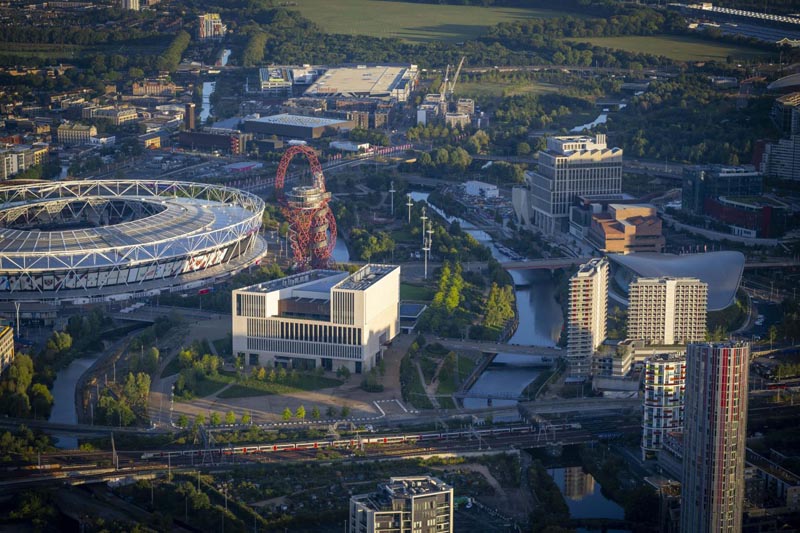
This core commitment to inclusive growth is only possible through partnership. The Park already holds the essential ingredients: knowledge-driven businesses, current and future employment space, world-class universities, cultural institutions, and housing. But it is only through local collaboration and a unified vision with our partners, that we can fully activate these assets and translate them into real opportunities for our communities.
We have seen first-hand that collaboration is already at the heart of unlocking Queen Elizabeth Olympic Park as a globally relevant, community-powered innovation district. World-class institutions are drawn here by the opportunity to do things differently, to test and learn, reach new audiences and be a part of a place that it is unique.
In turn, they have transformed themselves as well as the communities they surround, through co-design and ensuring innovation and growth serves everyone.
The newly opened V&A East Storehouse is one of many fantastic examples of our partners championing growth. The hope is that by bringing young people and new audiences into Storehouse, not only are they provided with innovative ways of accessing art and culture, but they are also inspired to think beyond the ‘front of house’ roles in museums and more broadly about the jobs and careers that could be open to them.
Innovation in all its forms is thriving across the Park – from initiatives like circular economy hub The Loop, alongside pioneering businesses such as Notpla, which has developed a seaweed-based alternative to plastic.
I am proud that the Park has been recognised as one of London’s three Innovation Districts in the Mayor of London’s Growth Plan. With Hackney Wick’s rich industrial past and its heritage of materials innovation, this renewed focus is helping to re-establish the area as a hub for creativity and making – driving a cleaner, greener, and more inclusive future.
I look forward to continuing our work with local partners including our local boroughs alongside civic institutions, businesses, universities, community organisations and residents to create this shared vision of inclusive growth – one in which innovation is not imposed on communities, but created with them.
Shazia Hussain is CEO of London Legacy Development Corporation. She was appointed late last year to oversee the third phase of the legacy development of the Queen Elizabeth Olympic Park and surrounding areas, following time as Deputy CEO at Waltham Forest Council, Assistant CEO at Brent Council and Director of Community Development for Leaside Regeneration.

Nikkei food – where Japanese sushi meets Peruvian ceviche – and great cocktails at this popular local spot
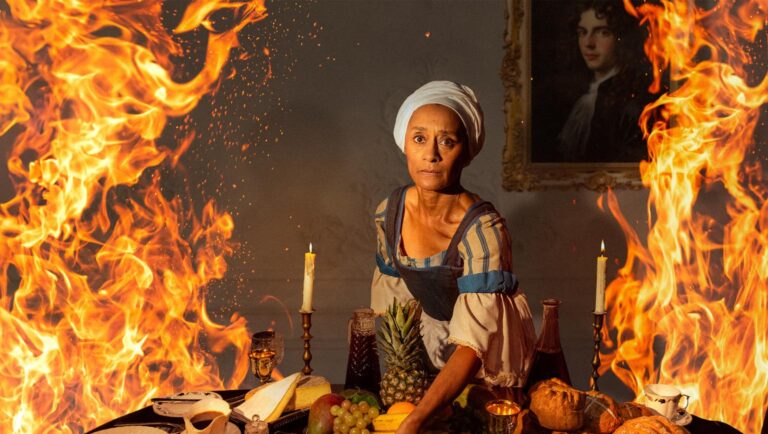
Devastating dark comedy shines a light on the many betrayals of the slave era
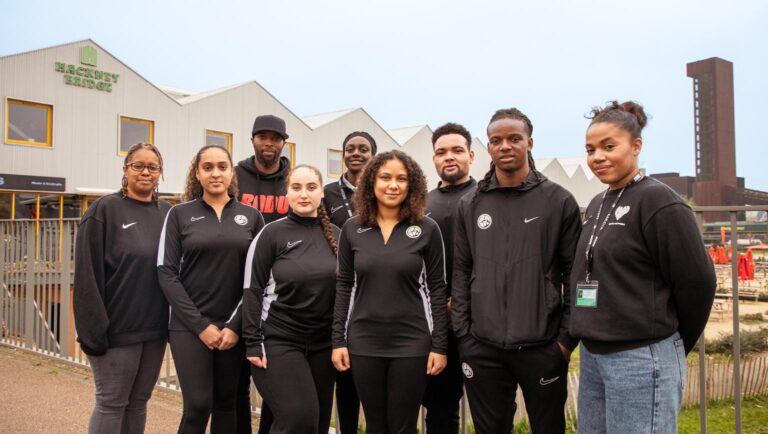
Youth sports, mentoring and community engagement powerhouse, BADU, is a vital locally-grown success story, says proud programme graduate Shannon Latouche
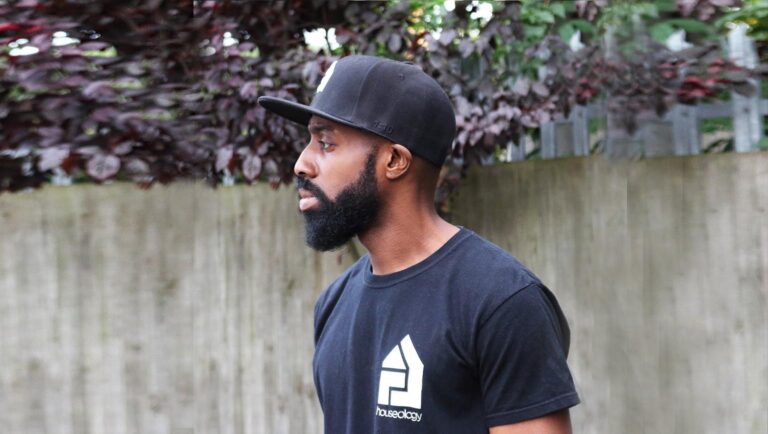
Taking things global from East London roots – my story
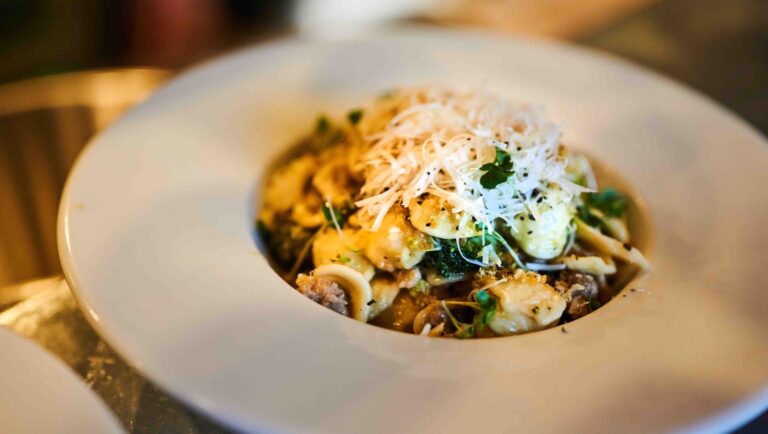
More than just another pizza and pasta parlour, we found ourselves falling for Figo
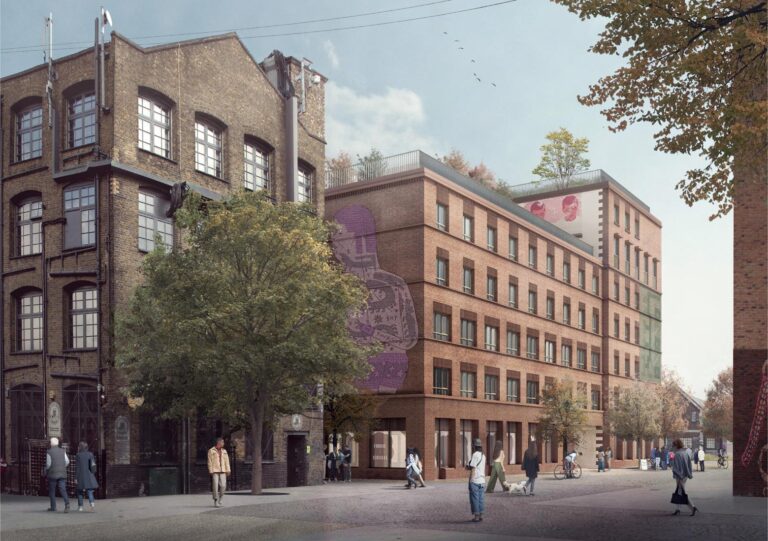
How developers proposing Hackney Wick’s first hotel, and a bold new co-living scheme, both reached out to the community, ensuring better results for everyone